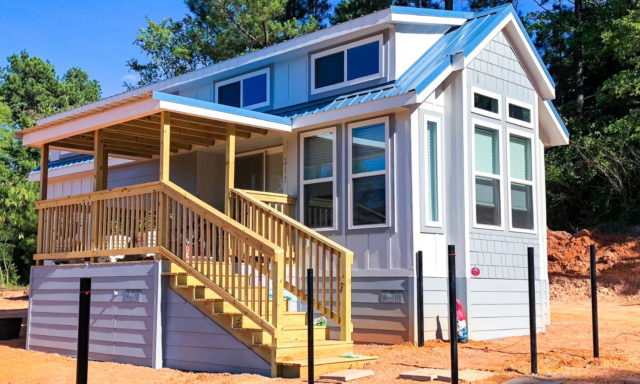Weather is unpredictable, but the level of damage to your home caused by extreme weather conditions depends on your level of preparedness. It is possible to reduce the potential damage when you prepare in advance. As a homeowner, safeguarding your home should always be your top priority. Below are five tips to prepare your home for extreme weather conditions.
Table of Contents
1. Create A Place of Refuge
Start by creating a place of refuge inside the house. This location should ideally be a garage, basement, or somewhere in the home that can withstand strong winds. It also helps to have a tri fuel portable generator that can supply the needed electricity. However, if the extreme weather happens to be a heavy storm, ensure that cables are kept away from outlets and windows are boarded up to avoid damage from lightning and strong winds. You should also seal metal parts of the house, such as pipes or radiators.
2. Install A Lightning Rod On Your Roof
It’s well-known that lightning strikes high points. So, if your roof is higher than other houses in your neighborhood, it might be a target for lightning. Lightening can also sneak into your home and circulate through conductive materials. So, installing a lightning rod avoids this circulation by attracting lightning to your house (very paradoxical) but channeling it safely. Indeed, lightning can be driven directly to the land without navigating your home electrics first.
3. Maintain The Gutters
You should regularly check your gutters and downspouts. Dirt and leaves can cause poor water drainage. If your gutters don’t drain properly, the rainwater spreads to the house shell and damages it, instead of being carefully directed away.
4. Check The Roof Regularly
On summer days, the roof heats up to 80 degrees. On clear summer nights, it cools down again to 20 degrees. Such extreme weather conditions can be an enormous burden for the roof covering material. Cracks can easily form, hence the need for regular inspection to detect damage in good time before it becomes a serious hazard. Regular roof maintenance should be a part of a contract with a skilled professional. This ensures that the contracted roofer can spot any weak points as early as possible.
5. Eliminate All Nearby Hazards
Homeowners must eliminate potential sources of danger, like large trees that are vulnerable to strong winds. This way, you can prevent damage both to your property and to passersby. This also applies to hollow trees or rotten branches that have to be removed. A property that is resistant to storms and weather is also safer for the residents of the house.
6. Use Smart Apps
Changes in the weather happen in a very short time. A smart home control is recommended if you are not at home during a storm. It reacts flexibly to the sun and heat but also rain and storms. Shutters or windows close automatically and protect the house from heat and moisture. The individual elements are controlled directly via the smartphone, provided no pre-settings have been made.
7. Use Tools to Keep your Electronic Devices Safe
You must have heard about water damage to electrical devices. A waterproof wire connector is a connector that protects the wires against wet environments. These wet environments can include humidity, rain, snow, saltwater, and pressurized water used for purposes such as cleaning.
Once damaged by water, it will cause quality deterioration, high-frequency signal deterioration, and a lot of problems to whatever electronic device you are using.








